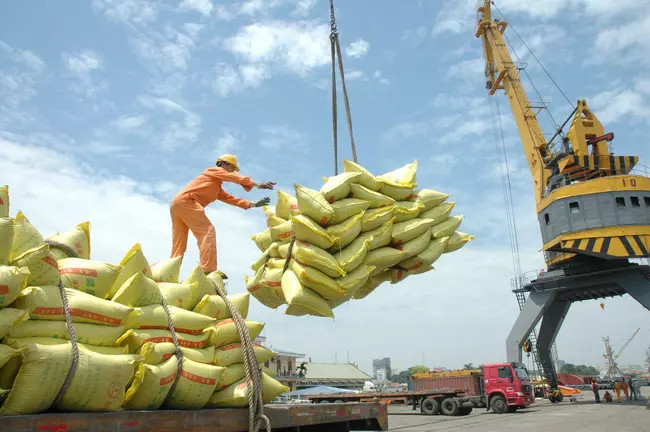
A report released at a workshop on solutions to accelerate equitization of SOEs says that 692 enterprises were equitized in 2011-2021, which brought VND192.885 trillion to the state, which was five times higher than the book value.
As of 2011, Vietnam still had 1,400 SOEs, while the figure had fallen to 450 as of 2020, most of which operated in key business fields.
Equitization has created business opportunities for other economic sectors, promoted fair competition, helped improve financial capability, changed corporate management, and has had positive effects on the stock market.
However, experts point out that equitization has been going slowly. According to the Ministry of Finance (MOF), 180 enterprises were equitized in 2016-2020, which exceeded the target, but only 39 enterprises were planned to be equitized and 89 enterprises still have not completed equitization.
In 2016-2020, the state planned to divest capital from 384 enterprises with total book value of VND60 trillion, but the divestment had been done in only 106 enterprises with total value of VND6.493 trillion, which meant that only 11 percent of plan was implemented.
The state’s ownership ratio in equitized enterprises remains high. At some enterprises, the state still holds a controlling stake, so there has been no renovation in management. In many cases, business performance has turned worse after equitization, such as the Vietnam Southern Food Corporation and Song Hong Construction JSC.
The problem is that some enterprises changed production and business models after equitization so as to exploit the land the enterprises own, which has not created jobs for workers. In these cases, strategic investors buy enterprises only because of the ‘golden land plots’ the enterprises have. After the purchase, they transfer the land and change land use purposes to seek profit, and they don’t develop core business fields.
As of the end of 2020, SOEs just accounted for 0.08 percent of total operational enterprises, but they held important resources of the economy: accounting for 7 percent of total assets and 10 percent of stockholder equities of all enterprises in the market, 25.78 percent of total capital for production and business, and 23.4 percent of fixed asset value and long-term financial investments.
Minister of Finance Ho Duc Phoc confirmed that the equitization process has been going slowly. It was expected that equitization would bring VND40 trillion to the state budget in 2021, but the real figure was just VND2 trillion. It is expected to face difficulties in 2022.
Does equitization kill production?
Phoc pointed out problems in equitization, especially in enterprise assessment. In many cases, enterprises are undervalued, which caused losses to the state budget. The value of 45 equitized enterprises audited by the State Audit is 2.8 times higher than the initial valuation. This shows that the valuation was inaccurate, especially in enterprises’ land use rights
Under current regulations, if enterprises pay land rent annually, the land is not taken into account when a valuation of enterprises occur, and if enterprises pay land rent once, land will be taken into account. When the one-time payment land rent is inaccurate, which is not close to the market price, this will create loopholes that causes losses to the state budget.
After paying land rent once, many equitized enterprises ask for changes in land use right purposes, (for example, developing urban areas), thus ‘killing’ the core business fields.
Nguyen Minh Phong, a respected economist, said public assets have been lost during equitization, not just through undervaluation, but ‘underground privatization’ as well. Land is transferred to private investors under a shortcut process, with no publicity and auction. The behaviors not only lead to a loss of land resources, but also distort the business environment and create unhealthy competition.
Phoc suggested that it is necessary to reconsider regulations on taking land use rights into account when enterprises undergo valuation.
If so, enterprises will pay land rent annually and cannot change land use purposes. The land rents will be close to market prices, which will force enterprises to think carefully when using the land. If enterprises don’t have demand to use the land, they can pay back to the state.
Tran Thuy